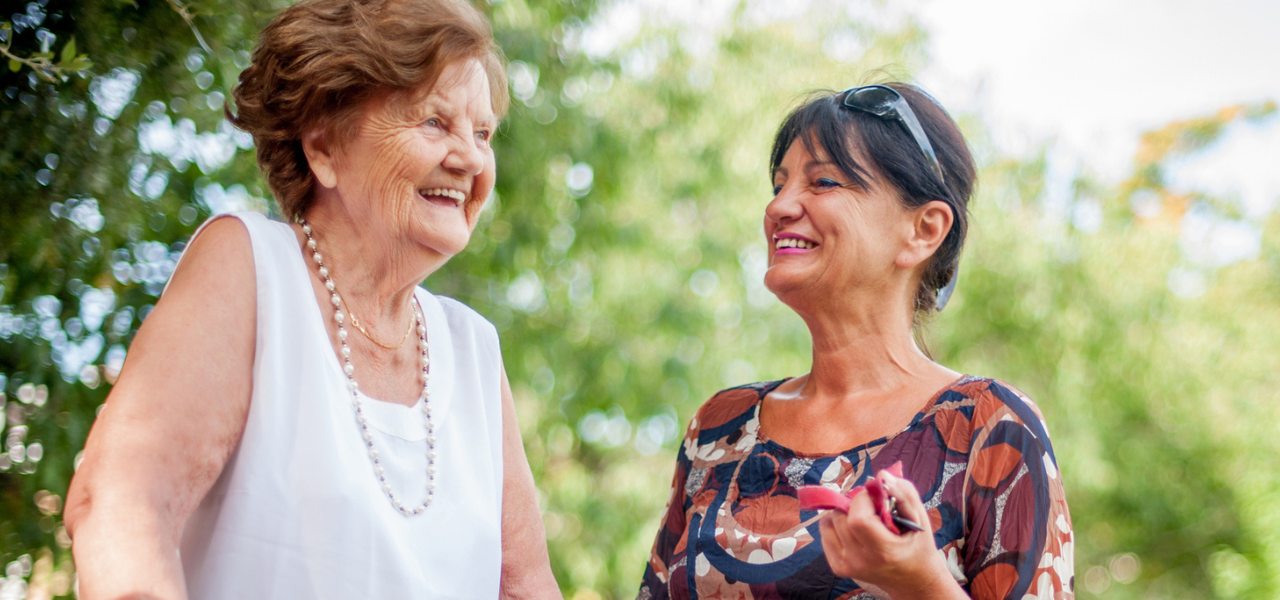You may not be aware, but falls amongst seniors and the elderly population are a major problem in the community.
In fact, it is so common that a third of people over the age of 65 will have at least one fall every year.
If people of this age bounced straight back up again like my 2 year old, it wouldn’t be a problem.
However, approximately 65% of falls in this age bracket result in an injury. Some of these are relatively minor, but 20% result in a visit to hospital.
Some of these include serious injuries such as a hip fracture or head injury.
The effects these injuries can have on our life can be drastic.
The stats for hip fractures make for scary reading.
Within 12 months of a hip fracture, 50% with have a permanent functional disability, 25% will require long term care and at least 10% will die!
So you can see, the potential for serious harm and loss of independence from a fall is huge in the older population. Luckily, we can do something about reducing this risk of falling.
And there is a tonne of good quality evidence that supports this.
The main things we can do to reduce our risk of falling are:
- Exercise – This is the single best intervention for falls prevention. It has been shown to reduce the risk of falls by 35% and also reduce injuries from falls by 35%. It needs to include exercises that work on strengthening, balance, flexibility and reaction time. Tai Chi and dancing are excellent forms of exercise as they include all these elements. Contrary to popular belief, walking alone does not reduce your risk of falling. The program also should ideally be tailored to the individual so that it is adequately challenging, whilst still being safe. Physiotherapists are the health professionals that can help you with an appropriate exercise program.
- Home safety assessment and modification – particularly for those at a high risk of falling, a home assessment and environment modification is very effective in reducing the risk of falling. Depending on the individual circumstances, it may include interventions like the installation of non-slip mats, rails, ramps or the provision of a shower seat, as just a few examples. Occupational Therapists are the health professionals that provide this service.
- Vitamin D – The vast majority of over 65 year olds are vitamin D deficient. Vitamin D has a direct effect on muscle strength, balance and function. It also helps keep bones strong which reduces the risk of fractures. You do not need to be tested for vitamin D deficiency, and vitamin D supplements are available over the counter from pharmacies and are safe for everyone to take. Vitamin D supplementation has been shown to reduce falls risk by 19%.
- Reducing psychotropic medications – Taking multiple medications that affect our mental activity or mood can have a significant impact on our falls risk. Common medications such as sedatives, anti-depressants, heart medications, diuretics and opioids can all have an adverse effect. Obviously, reducing these medications needs to be discussed with your doctor.
- Foot care – Painful feet due to corns and calluses etc. will contribute to an increased risk of falls. Maintaining good health of our feet and wearing appropriate footwear is important in falls prevention.
- Vision – We rely on vision greatly to prevent us from falling. That is obvious. So it is important to have regular eye tests as we age, have any cataract surgery required and remember to wear any glasses prescribed to us. Interestingly, multi-focal lenses have been found to be associated with an increased rate of falls. It is recommended that for people still getting outdoors that single vision lenses and separate reading glasses are a safer option.
Healthcare providers in Western Australia who can help minimise your falls risk are:
- St John of God Hospital Murdoch; Murdoch Drive, Murdoch WA
- P: (08) 9332 2132
- Servicing whole Perth area including Mandurah
- P: (08) 9424 0200

